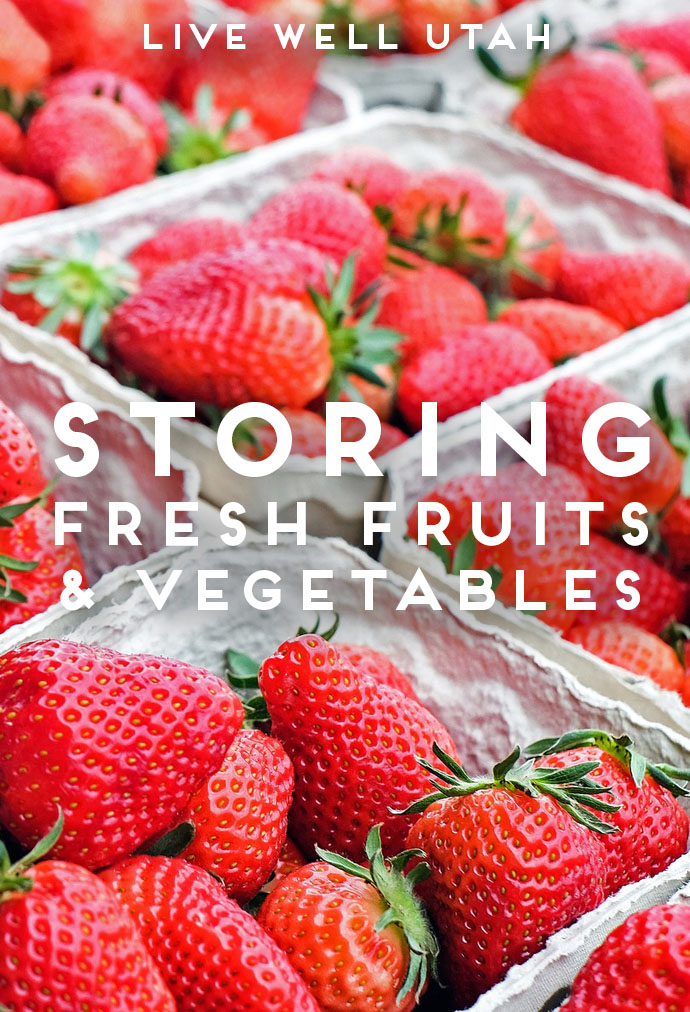
Success in school could be as easy as having family dinner each night. Find out why, and get six tips on how to make that family mealtime happen.
With back to school right around the corner, parents and children are hopeful for a successful school year. Parents would go to any length to help their children achieve in all aspects of life; socially, emotionally and academically. But what if all it took to help children succeed was an hour or even less on most days of the week? Taking just one hour of your day to share a meal with your family has benefits that reach well beyond the dining room table.
Research suggests that children who regularly participate in family mealtimes perform better academically, develop larger vocabularies and have better communication skills than children who do not eat as a family (Utter et al., 2013, Quarmby, T. & Dagkas, S., 2013). These same children are also more likely to have overall healthier diets, consume more fruits and vegetables, maintain a healthy body weight and struggle with disordered eating less frequently (Gillman, 2000). They are also less likely to engage in risky behavior such as tobacco, drug and alcohol use (Utter et al., 2013). Families experience stronger family bonds and have more positive interactions when they enjoy meals together (Utter et al., 2013). Sounds too good to be true, doesn’t it?
Despite all of these documented benefits, tight schedules and budgets often keep families from having meals together as often as they would like. Follow the tips below to create enjoyable and successful family mealtimes in your home.
- Plan meals ahead of time. If you already know what you are going to make, you will be more likely to actually do it. Planning also helps ensure you have all the ingredients you need.
- Schedule a set time for meals. Knowing that dinner is at 6 p.m. will allow family members to schedule other activities around dinnertime. But, remember family mealtime isn’t just for dinner. If everyone is more available on weekend mornings, make breakfast your family meal.
- Involve family members in the meal planning, preparation and clean-up. This lightens the load for everyone. Having family members involved in the planning will also ensure that everyone has at least some meals they like during the week.
- Unplug for dinner. No television, phones or other devices allowed. Family mealtimes are beneficial because it is a time for your family to share about the day and reconnect with each other through conversation.
- Keep conversation at family meals positive. Try to keep family mealtimes an enjoyable experience. They are not the best place for disciplining children or arguing with spouses. Try using a conversation jar with fun topics to keep the chatter light and enjoyable.
- Keep it simple. Family mealtimes do not have to be gourmet; they just have to be together. Find ideas and recipes for simple, healthy meals on the Food $ense website, extension.usu.edu/foodsense.
This article was written by Casey Coombs, RD, CD; Policy, Systems, and Environments Coordinator, Utah State University Food $ense, casey.coombs@usu.edu.
Sources:
Gillman, M. (2000). Family dinner and diet quality among older children and adolescents. Archives of Family Medicine, 9(3), 235-240.
Quarmby, T., & Dagkas, S. (2013). Informal mealtime pedagogies: Exploring the influence of family structure on young people’s healthy eating dispositions. Sport, Education and Society, 20(3), 323-339.
Utter, J., Denny, S., Robinson, E., Fleming, T., Ameratunga, S., & Grant, S. (2013). Family meals and the well-being of adolescents. Journal of Paediatrics and Child Health, 49(11), 906-911.
 Have you been to a farmers market yet this year? Whether it’s from a farmers market or a grocery store, don’t let that fresh produce spoil on your counter. Here are some tips on how to store fruits and vegetables so they last longer.
Have you been to a farmers market yet this year? Whether it’s from a farmers market or a grocery store, don’t let that fresh produce spoil on your counter. Here are some tips on how to store fruits and vegetables so they last longer. 
 Warmer weather means it’s farmers market season. Read up on some of the great benefits of shopping at a farmers market, and don’t miss the recipe at the end!
Warmer weather means it’s farmers market season. Read up on some of the great benefits of shopping at a farmers market, and don’t miss the recipe at the end! How do you plan your weekly menu and shop at your local farmers market, without knowing what exactly you might find there? Follow these tips to help you plan a more flexible menu, and and take advantage of the fresh local produce at the farmers market.
How do you plan your weekly menu and shop at your local farmers market, without knowing what exactly you might find there? Follow these tips to help you plan a more flexible menu, and and take advantage of the fresh local produce at the farmers market.
